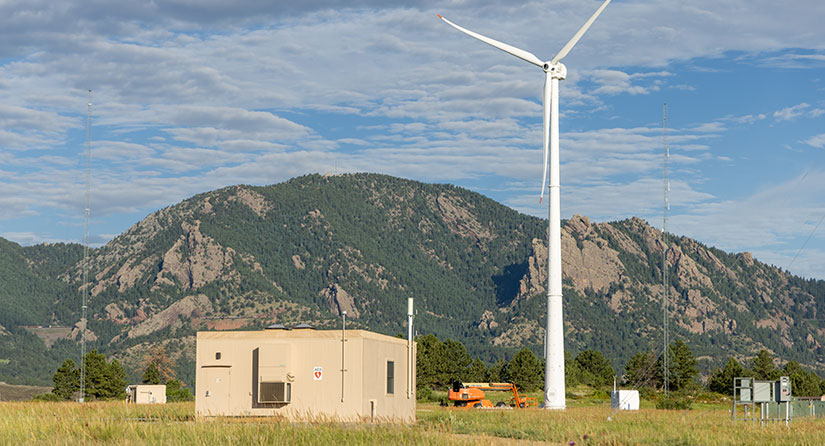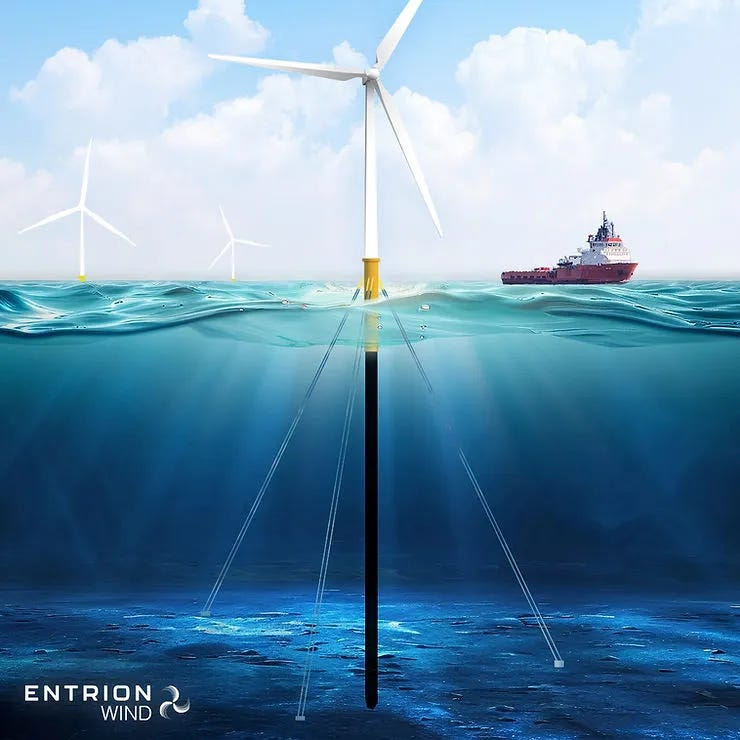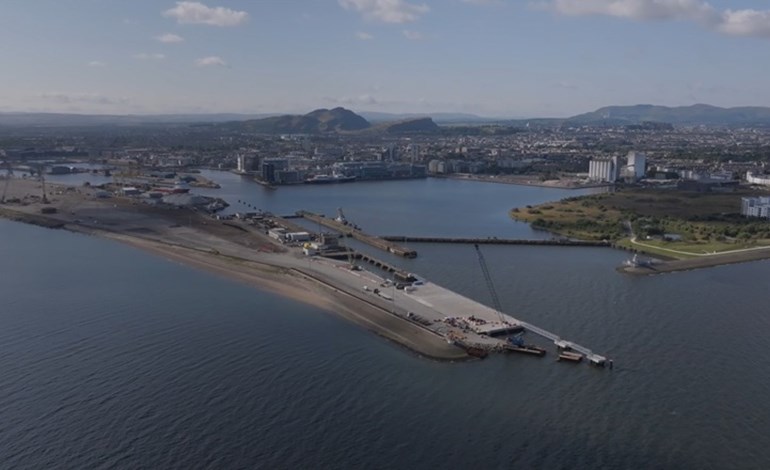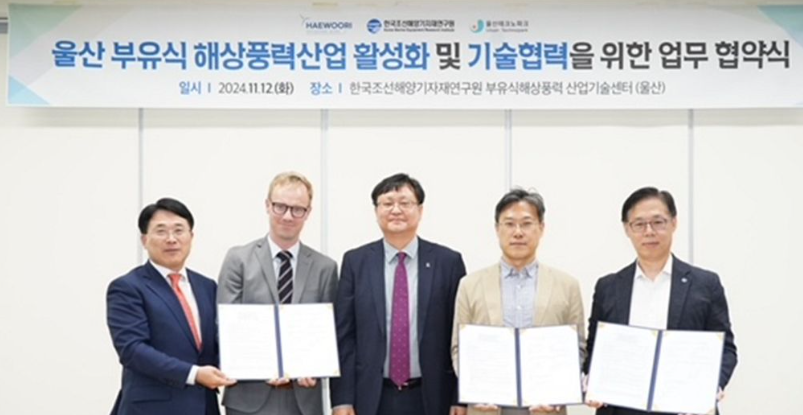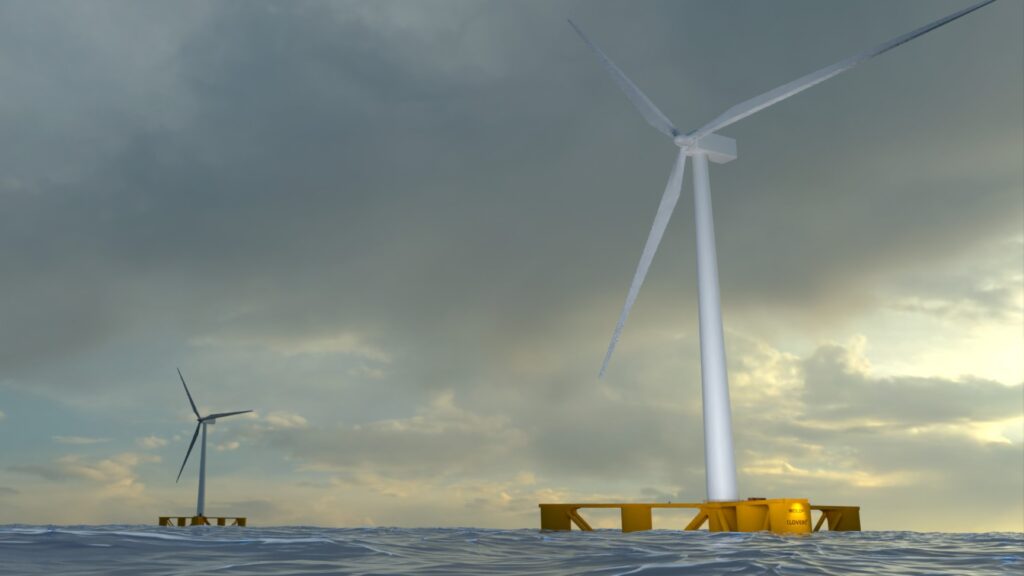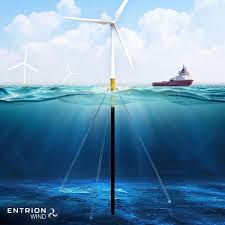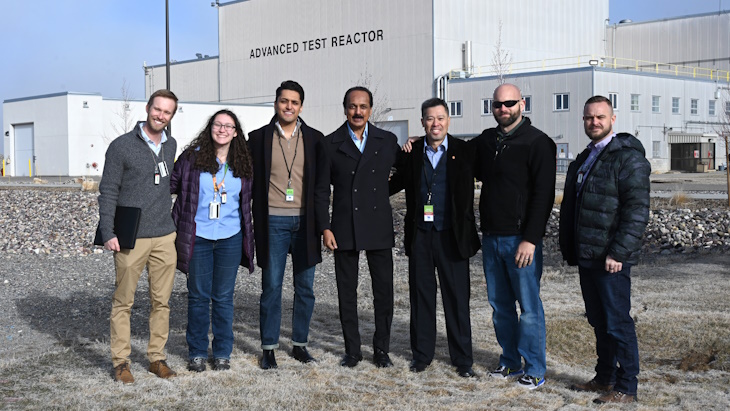
ANEEL has been developed for use in pressurised heavy water reactors and Candu reactors (its name is taken from Advanced Nuclear Energy for Enriched Life). The company says it can offer significantly improved performance with existing proven heavy water reactor systems by leveraging thorium's "inherently superior" nuclear, thermal and physical properties while retaining the same external dimensions and configuration design as in currently used natural uranium fuel bundles. It can be used to replace current fuel bundles, without any significant modifications to the reactor, to reduce life-cycle operating costs and waste volumes, increase safety and accident tolerance, and result in additional proliferation resistance, the company claims.
ANEEL is the first thorium-based fuel for Candu reactors to successfully complete the first phase of the Canadian Nuclear Safety Commission (CNSC) pre-licensing process for new fuel designs, Clean Core said.
The Vendor Design Review (VDR) process has included submissions across nine focus areas, building a licensing basis and safety case for the fuel. The pre-licensing process has provided an opportunity for Clean Core to demonstrate understanding and compliance with Canadian licensing requirements and seek detailed feedback ahead of a formal licence application, the company said.
The regulator concluded that the company "generally understands and has correctly interpreted the high-level intent of the CNSC's regulatory requirements as applicable to fuel design and qualification", Clean Core said. The executive summary of the assessment report will be made publicly available by the CNSC in the near future.
"The work performed through the VDR and our engagements with the CNSC highlights Clean Core's regulatory and commercial readiness. This is a critical step forward for our ANEEL fuel technology and in advancing nuclear power generation across Canada and globally,” Clean Core CEO and founder Mehul Shah said.
Testing begins
The completion of Phase 1 of the Canadian VDR comes as irradiation testing and qualification of the fuel is about to begin in the Advanced Test Reactor at Idaho National Laboratory (INL) in the USA. This follows Clean Core's signature in 2022 of a strategic partnership project agreement with INL.
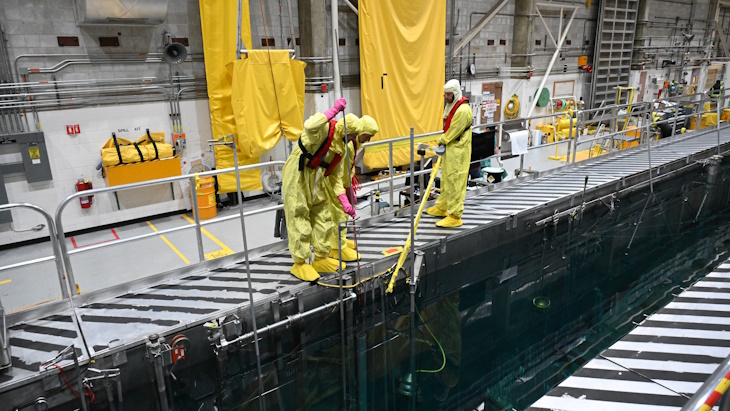
ANEEL fuel experiment capsules being staged at the ATR (Image: Clean Core)
As part of that agreement, INL has received more than 300 ANEEL fuel pellets fabricated by Texas A&M University's Department of Nuclear Engineering under INL's quality assurance requirements. INL has developed the irradiation test plan, performed pre-irradiation characterisation of the fuel pellets, designed and fabricated the experiment hardware and test trains, assembled the test trains, and finally inserted the experiment into the ATR.
The CCTE-ANEEL-1A irradiation experiment is to begin this month and achieve burnup targets of up to 60 GWd per tonne. As each planned burn-up target is achieved, the test capsules containing irradiated ANEEL pellets will be sent to INL's Materials and Fuels Complex for destructive and non-destructive post-irradiation examination.
"Irradiating homogeneously blended thorium and uranium oxide in ATR is a first-of-a kind experiment for INL and the US DOE,", said Michael Worrall, a nuclear engineer at INL and Principal Investigator for the CCTE-ANEEL-1A experiment. "We are excited to see the potential of the ANEEL fuel technology and what the future of this technology holds."
The ATR is a pressurised water test reactor which operates at very low pressures and temperatures compared to a large commercial nuclear power plant to produce large-volume, high-flux thermal neutron irradiation in a prototype environment. The one-of-a-kind reactor can be used to study the effects of intense neutron and gamma radiation on reactor materials and fuels.

